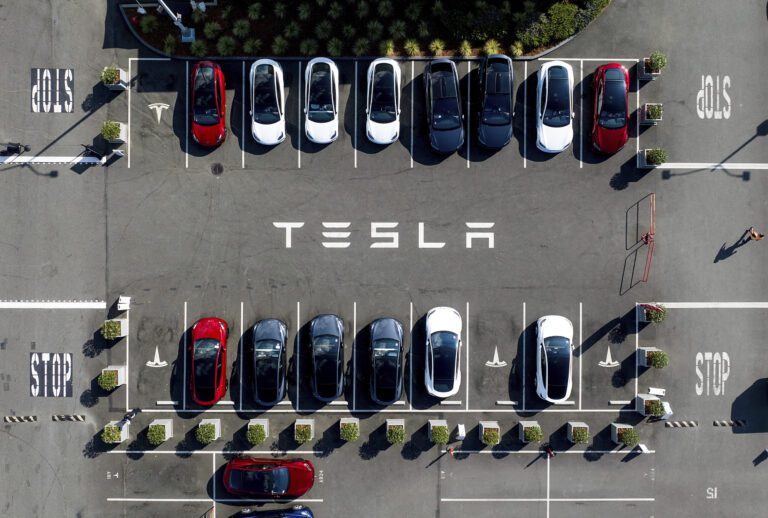Elon Musk Steps Back from Government Role to Focus on Tesla Amid Profit Decline
In a major announcement, Elon Musk revealed plans to shift his focus back to Tesla, the electric vehicle giant, after allocating significant time to the Department of Government Efficiency (DOGE) within the Trump administration. This transition comes in light of Tesla’s reported 71% drop in profits for the first quarter of 2025, signaling challenges for the automaker.
Tesla’s Profit Drop: Key Financial Highlights
- Profit Decline: Tesla’s profits fell by a staggering 71% in Q1 2025.
- Revenue: The company’s revenue decreased by 9% year-over-year, totaling $19.3 billion.
- Vehicle Sales: Revenue from vehicle sales dropped 20% compared to Q1 2024.
- Delivery Shortfall: Deliveries declined by 13% compared to the previous year.
Tesla attributed part of this decline to a production shift in its popular Model Y, which caused a lag in output.
Musk’s Shift in Focus
Musk addressed investors during a call, stating, "I think starting next month, May, my time allocation to DOGE will drop significantly." This statement reflected his commitment to devote more energy to Tesla, now that the establishment of DOGE is largely complete. He assured stakeholders that he would remain involved in government matters for a day or two each week, as long as it is deemed beneficial.
Challenges Faced by Tesla
Musk acknowledged the negative impact of his government role, citing backlash from those affected by efforts to curb government waste. “The negative impact of vandalism and unwarranted hostility towards our brand had an impact in certain markets,” he noted.
Long-Term Vision and New Ventures
Despite recent struggles, Elon Musk continues to be optimistic about Tesla’s future. Here’s what to expect:
- Full Self-Driving Technology: Musk announced that Full Self-Driving capabilities should be rolling out in several cities later this year.
- Autonomous Robots: Development of Optimus, Tesla’s humanoid robot, is progressing rapidly. Musk claims that production could reach 1 million units annually within five years.
He confidently stated, "We’ll start to see the prosperity of autonomy materially mid-2026," suggesting an exponential growth trajectory going forward.
Challenges in the Automotive Sector
Despite a robust domestic supply chain, Tesla faces escalating production costs and fierce competition from Chinese manufacturers such as BYD. Recent auto tariffs imposed by the Trump administration are expected to further complicate the financial landscape. Musk commented on the situation, saying, "I will weigh in with my advice with the president, but then it’s up to him."
Looking Ahead: The Road to Recovery
In light of recent challenges, Tesla remains focused on potential revenue streams such as autonomous taxis. The launch of its robotaxi test program in Austin, Texas, is set for June 2025, although this segment now faces intensified competition from rivals.
Key Takeaways
- Musk’s Transition: A strategic shift back to Tesla from governmental duties.
- Financial Outlook: Acknowledgment of current financial struggles with a hopeful vision for the future.
- Innovation: Continued development in autonomous technologies and robotic ventures.
As Tesla navigates through these turbulent times, investors and stakeholders remain vigilant for signs of recovery and growth.
For more insights on Tesla’s market position, financial strategies, and innovative technologies, follow Tesla’s official website or check out recent analyses from Bloomberg and Reuters.


